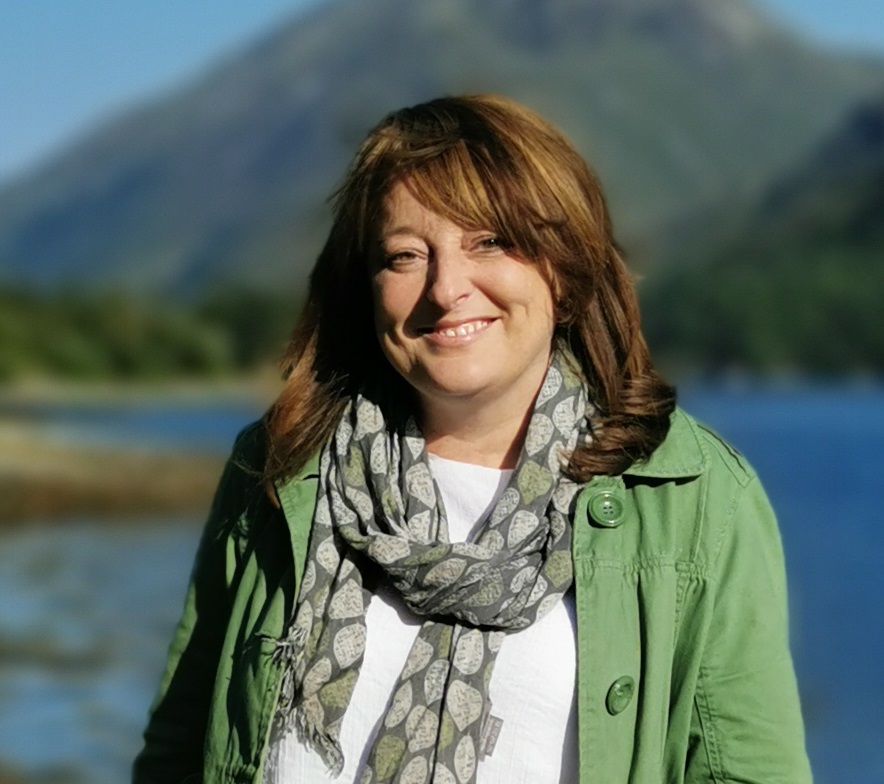
Early Intervention: Why parents need to follow up
March 11, 2022
How my cochlear implant helped silence my tinnitus
March 18, 2022When was sign language invented?

There’s no single answer to the question, “When was sign language invented?” This is because there is no such thing as “universal sign language.” Different countries have their own sign language.
Let’s take a look at the origins of sign languages used by deaf people in different parts of the world.
What is Sign Language?
Sign language is a system of communication using hand signs and gestures. It incorporates, hand gestures, facial expressions, and body language. The sentence structure of sign language is different from spoken language. Some signs represent complete ideas or phrases. Other signs represent individual words or names.
How Many Different Sign Languages are There?
There are more than 150 different sign languages. The origins of sign languages may be from naturally evolving sign languages in the Deaf community or via manually coded languages.
Read more: Sign languages around the world
When was Sign Language Invented?
There are references to “forms of communication using hand gestures” dating back to ancient Greece.
“There are references to ‘forms of communication using hand gestures’ dating back to ancient Greece.”
The Origins of Sign Language in the UK
British Sign Language (BSL) was created by the Deaf community. There is evidence of the existence of sign language within deaf communities in England dating back to the 15th century.
Read more: Why sign language should be an official language
Naturally Evolving Sign Languages
According to The Conversation, “Sign languages evolve naturally when a community has enough deaf members. Sometimes this happens because of a high incidence of deafness in a certain region.”
British Sign Language (BSL) is an example of a naturally evolving sign language. BSL, Auslan, and New Zealand Sign Language (NZL) are considered to be dialects of a single language – BANZSL. They share the same grammar and manual alphabet.
Read more: 6 sign language cafes to visit around the world
Manually Coded Languages
Manually coded languages are the creation of educators/hearing people. There is evidence to suggest that sign languages were used throughout medieval Europe by monks who had taken a vow of silence. They used both fingerspelling and signs to represent written language. In 7th century England, a Benedictine monk named Venerable Bede created a system for representing the letters of the Latin alphabet via fingerspelling.
In 17th-century Spain, Pedro Ponce de León taught the deaf children of affluent parents to learn how to speak, write, and use fingerspelling. Juan Pablo Bonet, a Spanish priest and linguist, expanded upon Ponce de León’s methods. In 1620, he published the first fingerspelling system.
In the 18th century, there was a signing deaf community in Paris who used what is now called Old French Sign Language. French priest Charles-Michel de l’Épée categorized and recorded their French signs so they could be taught to others for use in education. He considered their language primitive and began to develop his own “idiosyncratic gestural system.”
In the 1760s, he opened the world’s first free school for the deaf. He and his (hearing) teachers taught deaf children signed French. It was not a naturally evolving language, but a “manually coded language”– a creation which followed the grammar of written French. His school still exists. It now uses French Sign Language rather than l’Épée’s language.
The Development of ASL
Laurent Clerc, a deaf pupil of l’Épée’s school, co-founded the first School for the Deaf in North America. L’Épée’s signs became the basis of modern American Sign Language and the ASL fingerspelling alphabet.
Read more: How to learn (ASL) sign language




